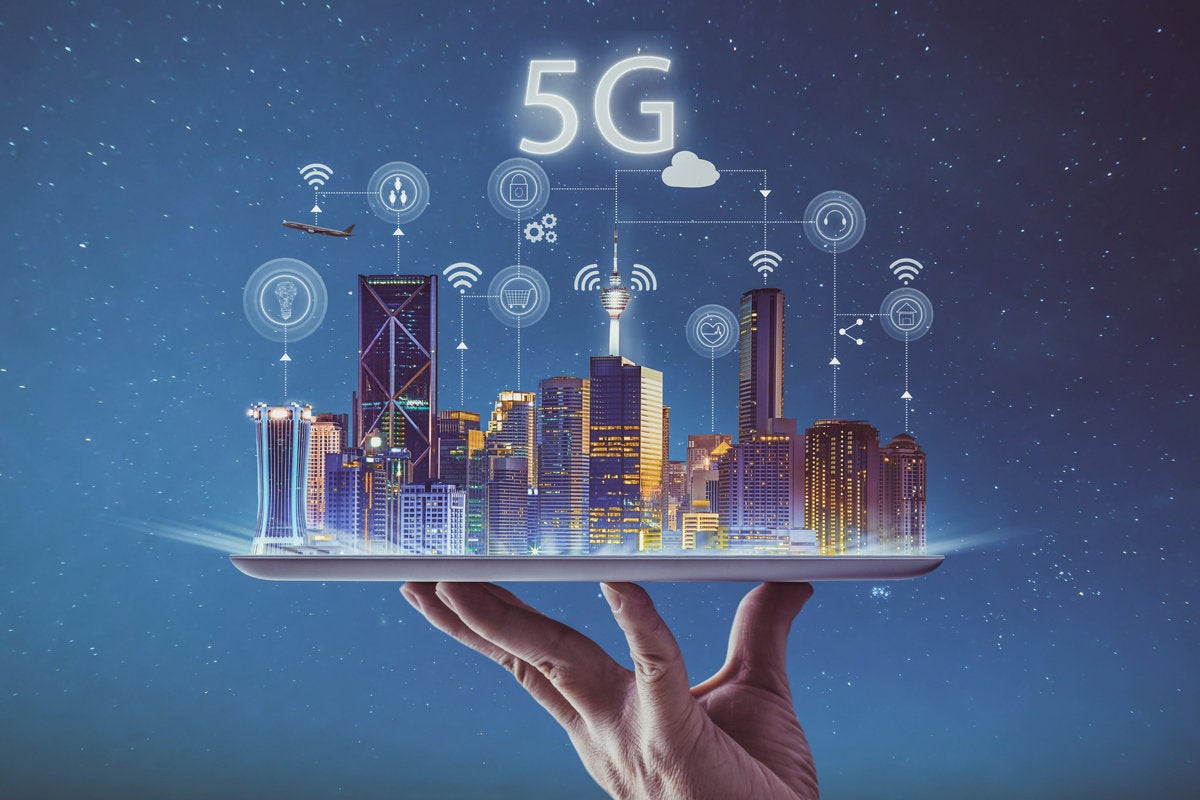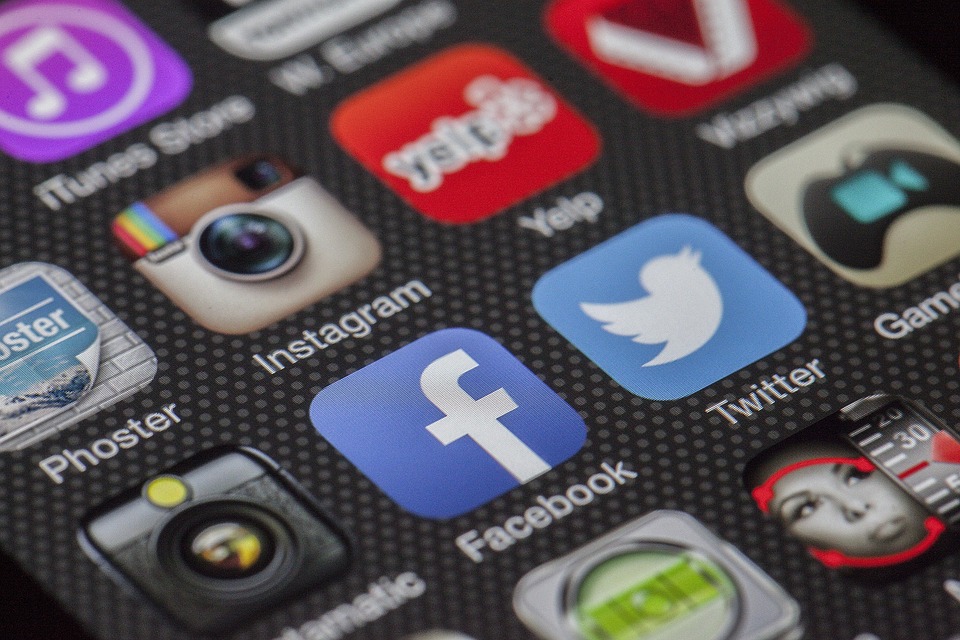By: Eric Richard

With the adoption of the General Data Protection Regulation in 2018, many curious onlookers watched and waited to see whether there would be any like legislation surface in the United States. Federally, those onlookers are still waiting, but some states are taking up the initiative, the most notable being California.[1] Just this month (January 2020), the California Consumer Privacy Act (CCPA) became effective.[2] The new legislation is currently the strongest data privacy law in the United States, providing consumers with ample rights related to accessing their data, having their personal data deleted when requested, and even opting out of having their data sold.[3] Vermont also enacted data protection legislation recently.[4] However, Vermont’s law only covers third parties that buy or resell consumer data, and is not as pervasive.[5]
So, what kinds of businesses need to be scared, or at least aware, of these new laws? The CCPA covers businesses operating in the state of California, such as: ride-hailing services, retailers, mobile service providers, and others that may collect personal data for commercial purposes.[6] Further, the CCPA only applies to companies that have more than $25 million dollars in gross revenues, annually buys, receives or sells personal information of at least 50,000 or more consumers, households, or devices, or derives 50% or more of its annual revenue from selling personal information.[7] Consumers will now be able to see exactly what categories of data any subject company has on them.[8] This includes things like smartphone locations or voice recordings (look out Snapchat).[9] The CCPA even provides specific protection for children.[10] It stipulates that companies must obtain parental permission before selling person details of anyone under the age of 13.[11]
Another California initiative is potentially about to change the way students go through law school in the Golden State. A recent rule change by the State Bar of California will allow state-accredited law schools to teach JD programs entirely online.[12] The result has been two-fold: accredited law schools are now filing applications to offer all online curriculums and non-accredited law schools who currently offer those online curriculums are filing for accreditation.[13] Just like the number of employees who want the option to work from home, this change is likely stemming from the American preference for flexibility in scheduling one’s life. There will be several layers of hoops to jump through in order for all online programs to become accredited, and we’ve yet to see how many students will opt for an online experience as a result, but California is certainly changing the landscap
[1] See Jill Cowan, How California’s New Privacy Law Affects You, NY Times (Jan. 3, 2020), https://www.nytimes.com/2020/01/03/us/ccpa-california-privacy-law.html.
[2] See id.
[3] See id.
[4] See Jason Tashea, Vermont’s new consumer protection law could be a harbinger for tech industry, A.B.A. J. (June. 1, 2019, 12:50 AM), http://www.abajournal.com/magazine/article/sunlight-in-vermont-states-new-consumer-protection-law-regulating-companies-that-buy-or-sell-data-could-be-a-harbinger-for-tech-industry.
[5] See id.
[6] See Cowan, supra note 1.
[7] See Jason Tashea, California’s new data privacy law could change how companies do business in the Golden State, A.B.A. J. (Jan. 1, 2019, 1:50 AM), http://www.abajournal.com/magazine/article/gdpr_california_data_privacy_law.
[8] See Cowan, supra note 1.
[9] See id.
[10] See id.
[11] See id.
[12] See Stephanie Ward, California may offer more opportunities for JDs taught entirely online, A.B.A. J. (Jan. 14, 2020, 6:30 AM), http://www.abajournal.com/web/article/california-may-offer-more-opportunities-for-jds-taught-entirely-online.
[13] See id.
image source: https://www.bbklaw.com/news-events/insights/2019/legal-alerts/01/new-year,-new-laws-impacting-public-agencies-i-(1)



